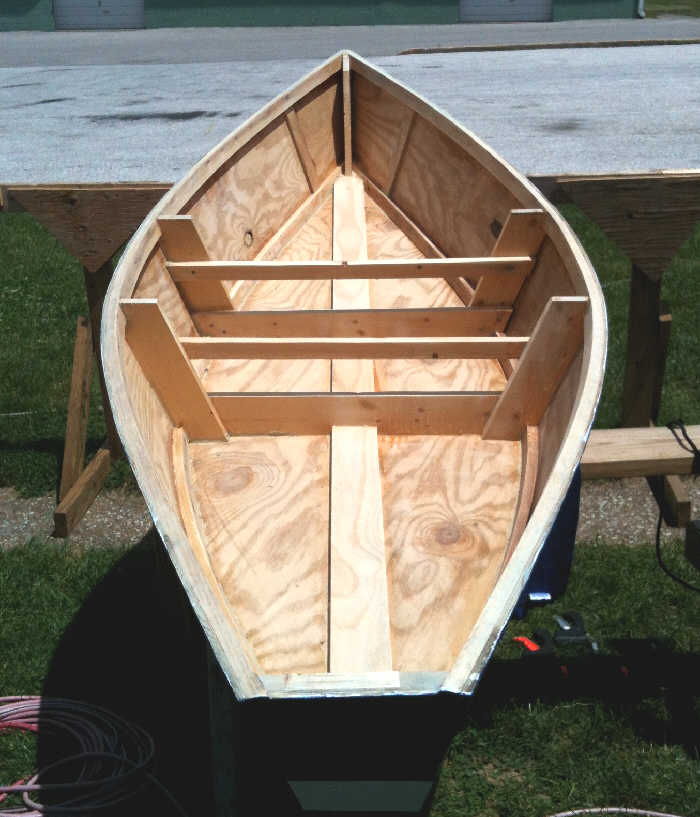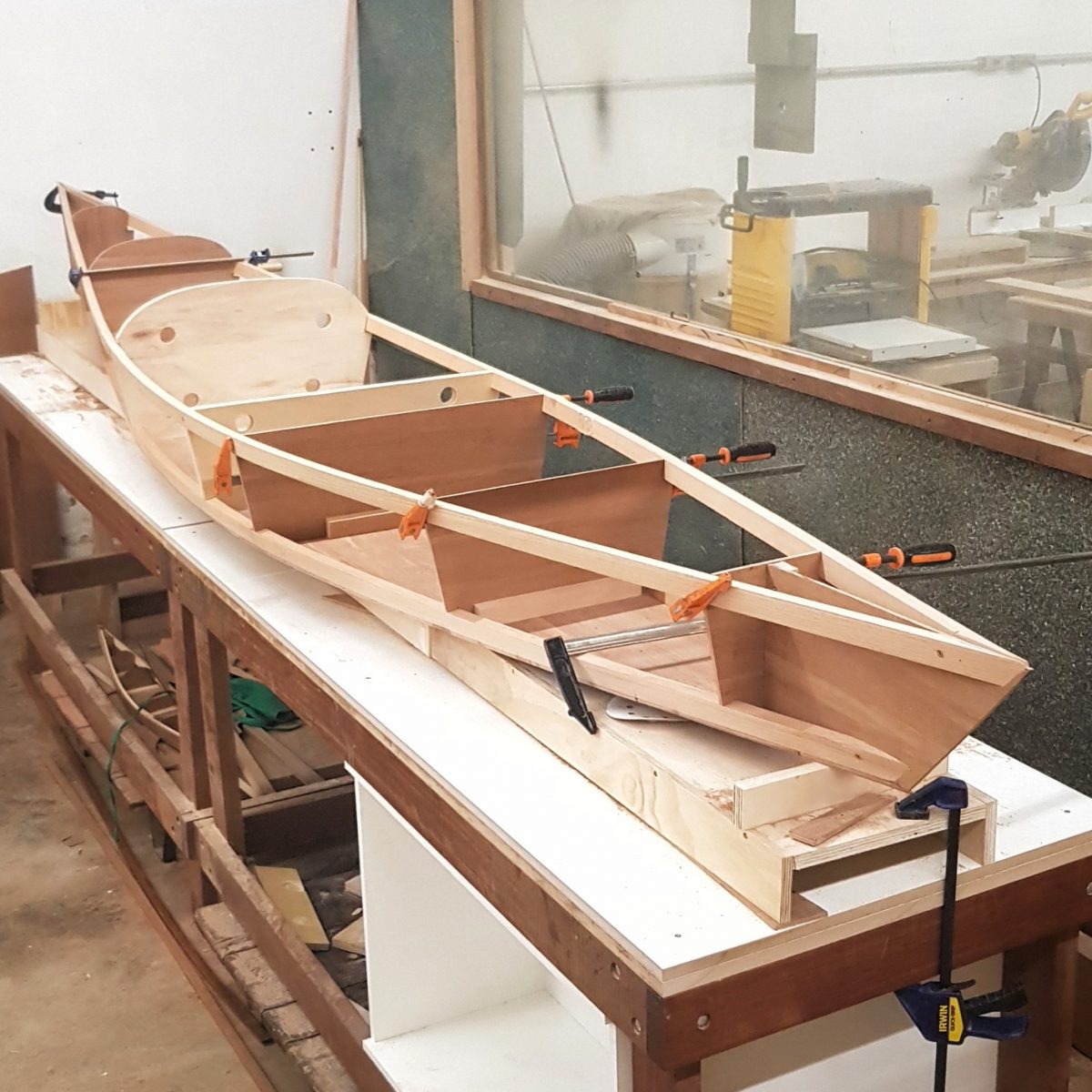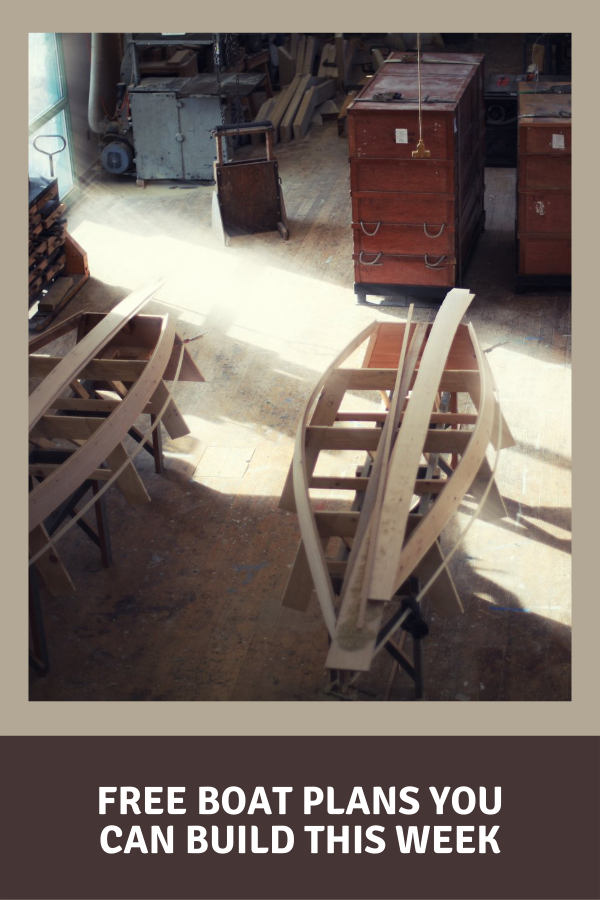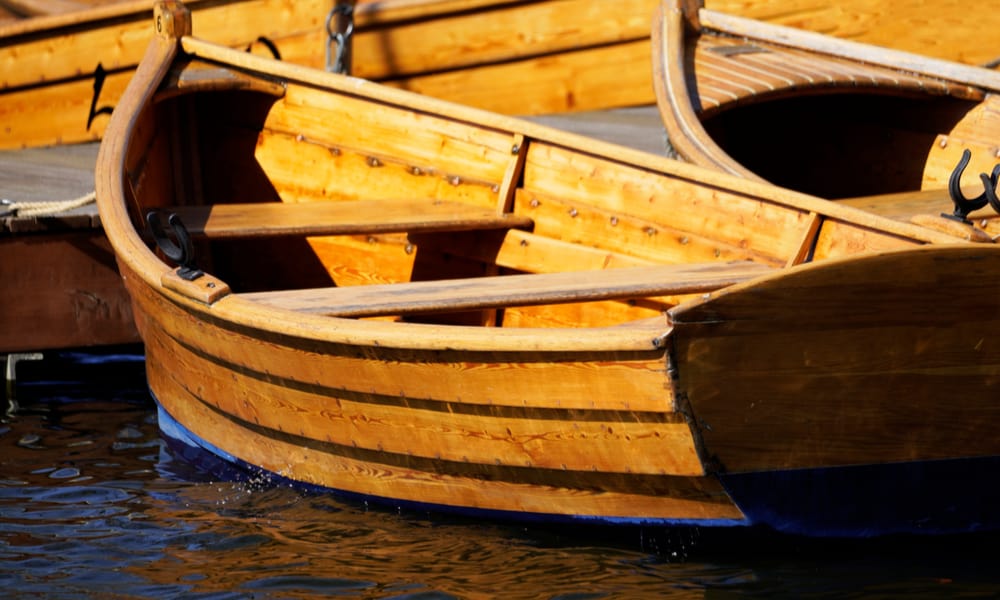
Beyond the Blueprint: Unveiling the Hidden Potential in Boat Plan Downloads
Building a boat from scratch is a monumental undertaking, a blend of artistry, engineering, and sheer grit. While countless resources exist on how to download boat plans, we rarely delve into the less-charted territories: the nuanced decisions, the unexpected challenges, and the creative liberties that truly shape your vessel. This article aims to navigate those uncharted waters, offering fresh perspectives for hobbyists, professionals, and anyone dreaming of their own custom-built boat.
The Unsung Hero: Material Selection Beyond the Plans
Most boat plans specify materials â€" but rarely delve into the nuanced world of wood selection, for example. Let's face it: a "standard" pine might look great on paper, but a locally sourced, slow-grown cedar will offer superior rot resistance and potentially a richer aesthetic. This brings us to our first question:
Q: How can I leverage local materials to enhance both the build and the sustainability of my boat project?
A: This requires research! Contact local forestry departments, lumberyards, and even reclamation centers. You might discover surprisingly affordable and robust alternatives. Imagine the story your boat will tell, built from reclaimed wood with a unique history. Consider the environmental impact too; using locally sourced wood drastically reduces your carbon footprint. Documentation of this process â€" perhaps a small booklet accompanying your boat's plans â€" could add significant value.
Beyond the Lines: Customizing Your Boat's Personality
Downloaded plans provide a skeleton, but the true magic lies in personalization. Many builders simply follow the plan to the letter, missing a golden opportunity for creative expression. This begs the question:
Q: How can I personalize my boat design without compromising structural integrity?
A: Start small. Think about adding custom details like unique decking patterns, integrated storage solutions, or a bespoke paint job reflecting your personality. For more ambitious modifications, consult with experienced boat builders or naval architects. They can assess the structural implications of any significant alterations before you begin. Remember, a thorough understanding of load distribution and buoyancy is paramount. This isn’t about changing the core design, but about adding your personal touch without sacrificing safety.
The Unexpected: Navigating the Challenges of Real-World Boatbuilding
No build goes exactly according to plan. Real-world constraints â€" unforeseen material flaws, tool malfunctions, weather delays â€" are inevitable. Let's address a common pitfall:
Q: How do I adapt when I encounter unforeseen problems during the build?
A: Embrace the unexpected! This is where your problem-solving skills truly shine. Document your challenges and solutions meticulously. These experiences become invaluable learning opportunities, forging a deeper connection with your craft. Online forums and communities offer a powerful resource for troubleshooting â€" you're not alone in facing these obstacles. A real-world example: a builder I know encountered warped wood during the keel construction. Instead of abandoning the project, he cleverly incorporated the curvature into a unique design element, resulting in a one-of-a-kind vessel.
The Future of Boat Building: Digital Tools and Collaboration
The future of boat building is intertwined with technology. 3D modeling software, laser cutting, and online collaboration platforms are rapidly transforming the process. This leads to a forward-looking question:
Q: How can I integrate digital tools to enhance my boatbuilding process?
A: Explore free and commercial 3D modeling software to visualize your design and even create accurate cut lists. Consider using laser cutters for precise and efficient cutting of complex shapes. Platforms like online forums and collaboration tools facilitate knowledge sharing, allowing you to connect with experienced builders around the globe. The combination of traditional craftsmanship and modern technology unlocks new possibilities.
Building a boat is an adventure. By embracing the nuances, the challenges, and the opportunities for personalization, you create not just a vessel, but a testament to your skill, creativity, and dedication. So, download those plans, but remember â€" the true journey lies in the details.

















